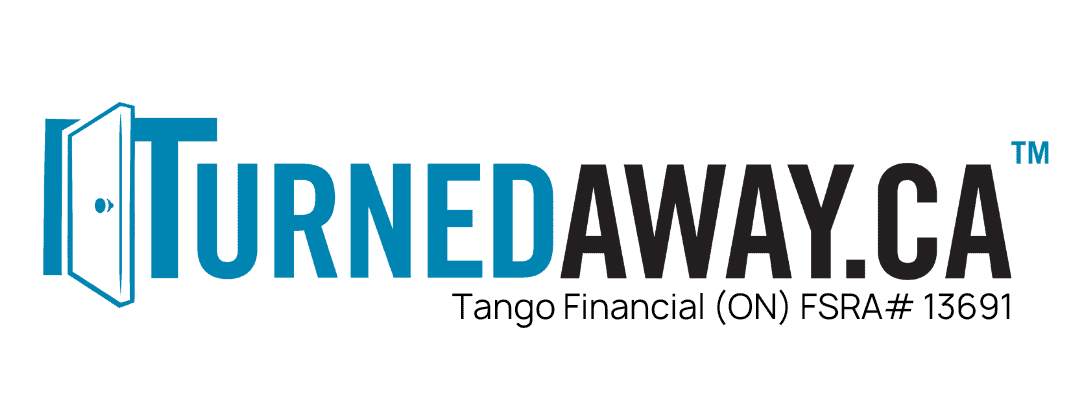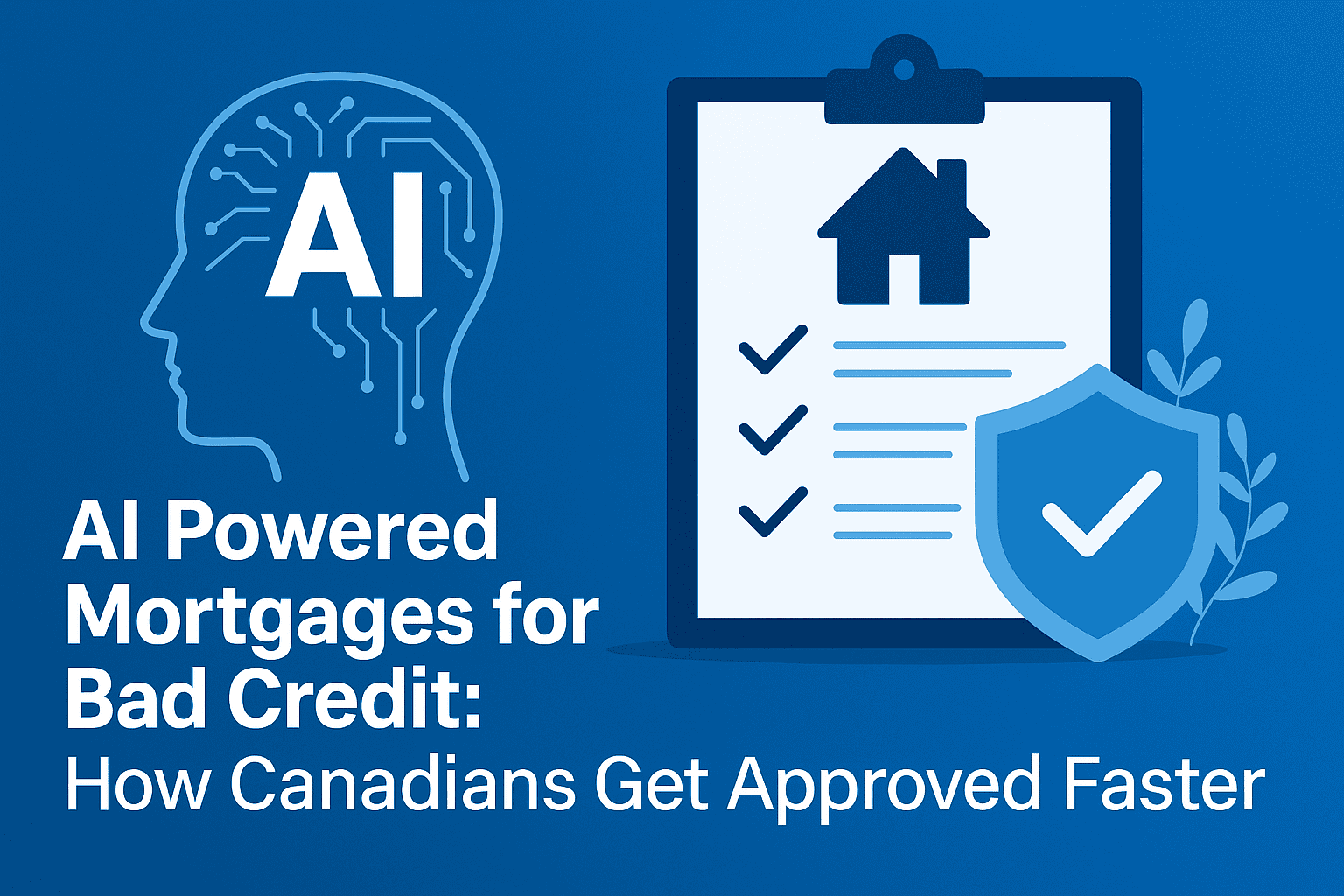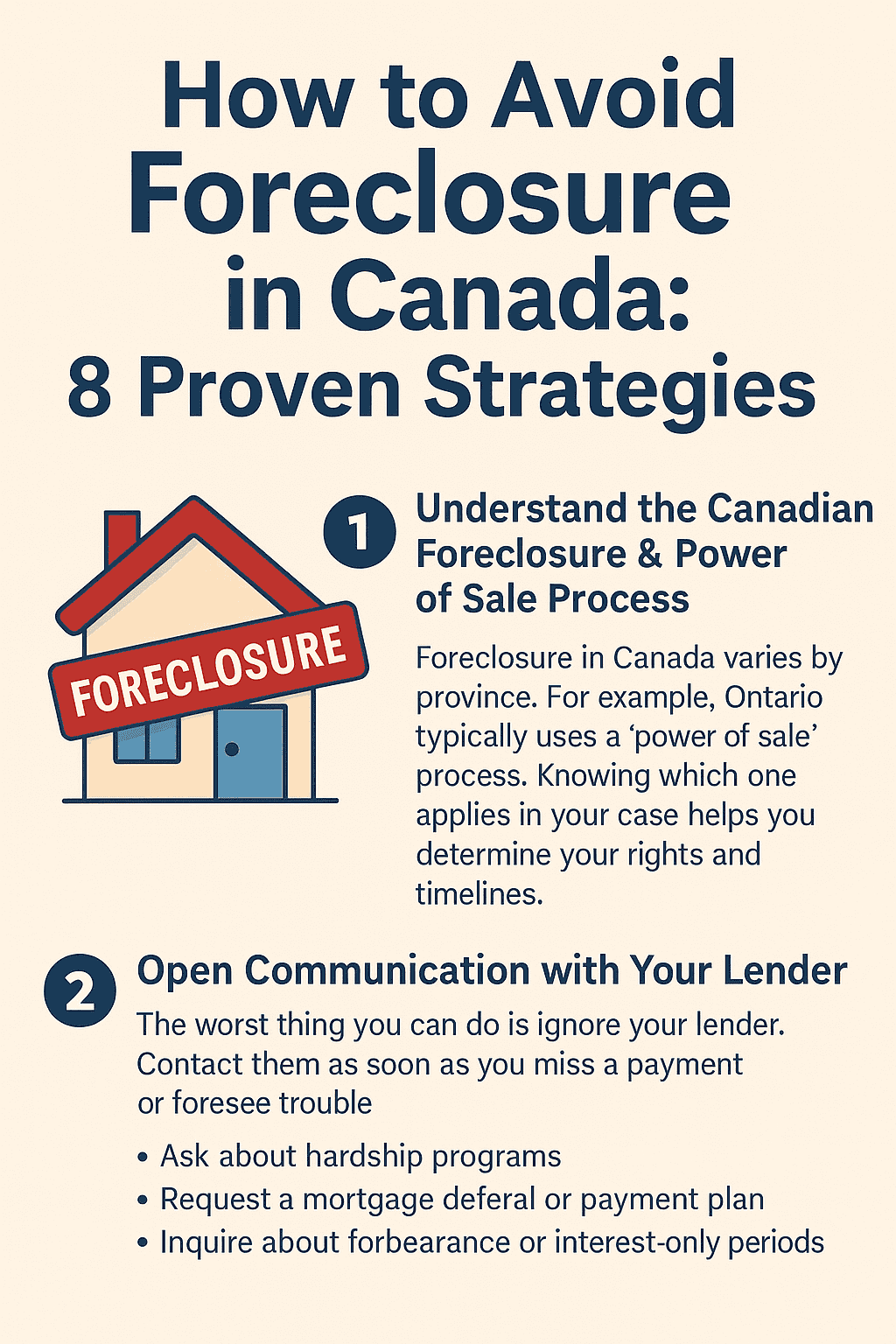Introduction
Did you know that homeowners in Canada have access to an untapped financial resource that could help with home improvements, debt consolidation, or even large life expenses? It’s called a Home Equity Line of Credit (HELOC), and it’s one of the most flexible financial tools available. According to recent studies, HELOCs have been gaining popularity among homeowners looking for more control over their finances. But how does a HELOC work, and how can it be used to unlock financial flexibility? Let’s explore the benefits, how it works, and how to determine if a HELOC is the right solution for your needs.
What is a HELOC?
A Home Equity Line of Credit (HELOC) is a revolving line of credit secured by your home’s equity. Essentially, it’s a way to borrow money against the value of your home, which you can use for various purposes. Think of it as a large credit card with a much lower interest rate because your home serves as collateral.
How Does a HELOC Work?
- Credit Limit: The amount you can borrow depends on your home’s equity and the lender’s policies. Typically, you can borrow up to 85% of your home’s appraised value, minus the remaining balance on your mortgage.
- Draw Period vs. Repayment Period: HELOCs typically have a draw period of 10 years, where you can borrow funds as needed. After that, the repayment period starts, usually lasting 20 years, and you begin paying both principal and interest.
- Variable Interest Rate: Most HELOCs have a variable interest rate that is tied to the prime lending rate, meaning your monthly payment can change over time.
Benefits of a HELOC: How It Unlocks Financial Flexibility
A HELOC provides flexibility in many areas of your financial life, offering several advantages that make it a popular choice for homeowners.
- Ongoing Access to Funds
With a HELOC, you can access funds as needed, which makes it ideal for people who have ongoing expenses or projects. Whether it’s home improvements, medical bills, or tuition, a HELOC offers an efficient way to borrow money without the need to reapply every time you need cash.
- Lower Interest Rates
Compared to other forms of credit like credit cards or personal loans, HELOCs typically offer lower interest rates. This can save you money, especially if you have high-interest debt that you want to consolidate or pay off.
- Flexible Repayments
During the draw period, you might only be required to pay interest, which can keep your payments low. Once the repayment period begins, you’ll have more structure, but you can still manage your payments based on your financial situation.
- Interest-Only Payments (During Draw Period)
One of the most attractive features of a HELOC is the ability to make interest-only payments during the draw period. This can help homeowners manage cash flow more easily, especially when funds are needed for a large expense.
- Potential Tax Benefits
In some cases, the interest on a HELOC may be tax-deductible, especially if the funds are used for significant home improvements. This makes a HELOC an even more attractive financial option for certain types of borrowing.
HELOC vs. Mortgage Refinancing: Which One Is Right for You?
Many people confuse a HELOC with refinancing, but they are distinct financial tools. Let’s take a look at how they compare and when each option might be more suitable.
HELOC vs. Mortgage Refinancing: Key Differences
- HELOC: Offers a revolving line of credit based on home equity, with flexible borrowing options during the draw period. It’s a great choice if you need access to funds over time.
- Mortgage Refinancing: Involves replacing your current mortgage with a new one, often to secure better rates or access cash. However, refinancing typically involves resetting your mortgage term, which may increase the length of your mortgage repayment.
When to Choose a HELOC:
- If you need flexible, ongoing access to funds.
- If you want to avoid resetting your mortgage term.
- If you prefer to make interest-only payments initially.
When to Choose Refinancing:
- If you need a lump sum of cash for a large, one-time expense.
- If interest rates have dropped and you want to lock in a better rate for the entire mortgage.
- If you prefer fixed monthly payments over time.
How to Qualify for a HELOC
Like any loan, there are qualifications to meet in order to be eligible for a HELOC. These requirements vary by lender, but generally, you’ll need to meet a few key criteria.
- Credit Score:
Lenders typically require a minimum credit score of 620 to qualify for a HELOC, though higher scores may help you secure better terms and interest rates.
- Loan-to-Value (LTV) Ratio:
The LTV ratio measures the amount you owe on your home compared to its appraised value. Most lenders require an LTV ratio below 85%, which means you should have at least 15% equity in your home to qualify.
- Income and Employment:
Lenders will also assess your ability to repay the loan, which often involves reviewing your income and employment status. Stable, sufficient income is essential to prove your ability to make payments.
- Home Appraisal:
To determine your home’s equity, the lender will usually require a professional appraisal. This helps establish the value of your property and the amount of money you can borrow.
How to Use a HELOC
A HELOC can be used for a wide range of purposes, depending on your financial goals. Here are some common uses for a HELOC:
- Home Improvements
Using your HELOC for home renovations or repairs can increase the value of your home, which in turn can boost your equity. Many homeowners use their HELOCs for kitchen or bathroom remodels, new roofing, or even adding a new room.
- Debt Consolidation
If you have high-interest debt from credit cards or personal loans, a HELOC can help consolidate that debt into a lower-interest loan. This can make it easier to manage payments and save money on interest over time.
- Emergency Expenses
Emergencies like medical bills, car repairs, or unexpected job loss can put a strain on your finances. A HELOC can provide quick access to funds during these times without resorting to expensive loans or credit cards.
- Education Costs
A HELOC can also be used to finance education expenses, whether for yourself or a family member. Tuition costs can add up quickly, and a HELOC can provide affordable access to funds.
Risks and Considerations of a HELOC
While a HELOC can be an incredibly useful tool, there are some risks and considerations that you should be aware of before taking one out.
- Variable Interest Rates
Most HELOCs have variable interest rates, meaning that your payments could increase if interest rates rise. Be prepared for fluctuations in your monthly payments, especially if rates go up.
- Risk of Over-Borrowing
Because a HELOC allows easy access to funds, there is a risk of over-borrowing. If you’re not careful, you could end up with more debt than you can handle.
- Home as Collateral
Since your home is used as collateral for the loan, failing to repay the HELOC could result in foreclosure. Always ensure you have a clear repayment plan in place before taking on more debt.
Real-Life Example: How a HELOC Helped Sarah with Debt Consolidation
Sarah, a homeowner in Ontario, was struggling with credit card debt. She had a credit card balance of $15,000 at an interest rate of 19.9%, and she was paying hundreds of dollars each month just on interest. Sarah decided to take out a HELOC against her $250,000 home, which allowed her to access $40,000 in equity. By using the HELOC to pay off her high-interest credit cards, she saved money on interest and was able to pay off her debt faster.
Frequently Asked Questions (FAQs)
- What is the maximum amount I can borrow with a HELOC?
Typically, you can borrow up to 85% of your home’s appraised value, minus your existing mortgage balance. For example, if your home is worth $400,000 and you owe $250,000 on your mortgage, you could potentially borrow up to $90,000.
- How long does it take to get a HELOC?
The approval process for a HELOC can take anywhere from a few days to a few weeks, depending on your lender and the required paperwork.
- Can I switch from a variable-rate HELOC to a fixed rate?
Some lenders offer the option to convert your variable-rate HELOC to a fixed-rate loan during the draw period or repayment period.
Conclusion
A Home Equity Line of Credit (HELOC) can provide homeowners with the financial flexibility they need to manage ongoing expenses, make large purchases, or consolidate high-interest debt. With the ability to access funds as needed and pay interest only on what you borrow, a HELOC is a powerful tool for homeowners looking to maximize their financial potential. However, it’s important to be aware of the risks, such as variable interest rates and the temptation to over-borrow.
If you’re considering a HELOC, explore our Home Equity Line of Credit Canada options or use our Home Equity Loan Calculator to see how much you can borrow. You can also explore our Debt Consolidation Solutions, which can help you get a handle on your finances using your home equity.
Ready to unlock the potential of your home’s equity? Apply Online or schedule a free consultation with one of our experts today.




